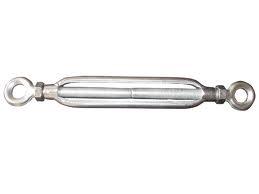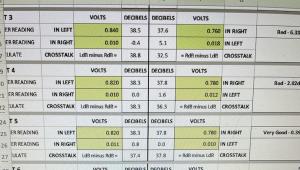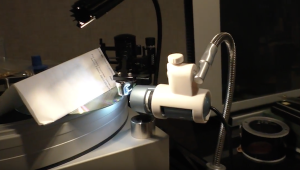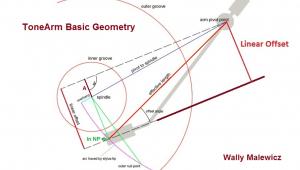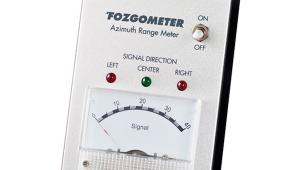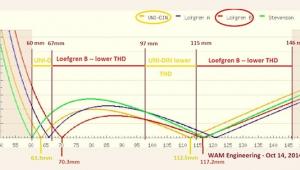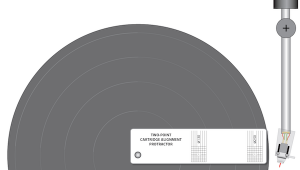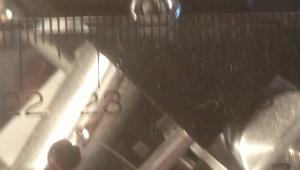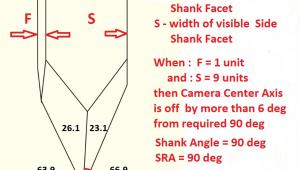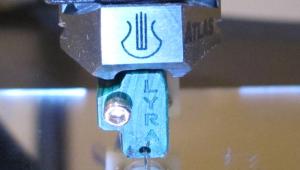That's a great piece of advice and just might solve the problem.
Once again, makes it worth looking by analogplanet while procrastinating before starting to practice a presentation for this week....
I have exactly this problem, I live on the third floor of an old building, constructed around 1900 - 1905. The floors are actually suspended. In my living room where my system is set up, just walking around can get the stylus jumping (and the woofer baffles pumping in and out). Not good for expensive stylus, so I try to limit the amount of dancing about in the room...
I've tried all sorts of things to try and weight the floor down to stop the bouncing around, but nothing has really worked.
Will be interesting to see how well this solution works.
